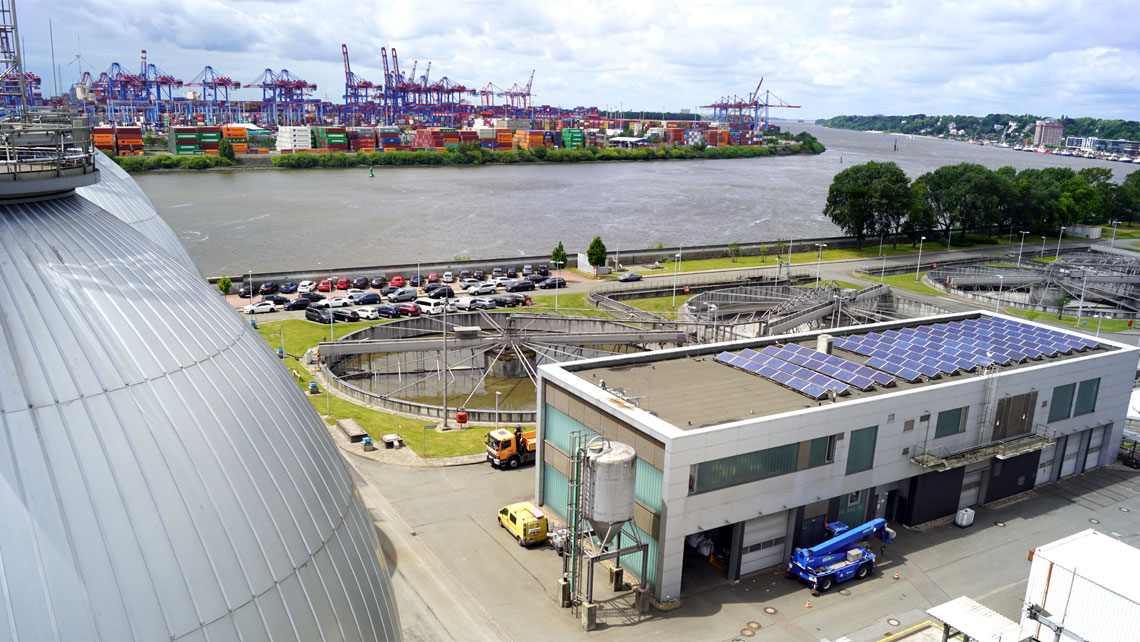The wastewater treatment plant in the city of Hamburg opted for a renewable, biomass-balanced polymer, as an additional step toward smore sustainable operations.
Discover how innovative and effective effluent recycling techniques help pulp and paper mills ensure sustainable and compliant water management by reducing freshwater consumption, wastewater discharge, and operational cost.
Kemira collaborates on a project led by Professor Mathieu Lapointe to identify sustainable methods for removing water contaminants that pose significant health risks. The research involves several industry experts and emphasizes the importance of academia-industry partnerships for developing practical, large-scale solutions to protect public health and the environment.
As an additional measure to make operations more sustainable, the Paljasaare wastewater treatment plant in Estonia´s capital city Tallinn decided to switch from conventional fossil-based Polymers to a renewable, biomass-balanced alternative product.
The answer is yes. Water-intensive industries can now transform their sustainability performance, with one simple switch: from fossil-based polymers to renewable biomass-balanced chemistries from Kemira.
Every day our global logistics team crunches the numbers to figure out the best way to get our chemistry to customers with as little carbon footprint as possible. Learn more about our climate targets and how we’re decarbonizing our logistics.
The Finnish Patent and Registration Office has recognized Kemira as holding the fifth position among Finnish domestic companies for the highest volume of patent applications filed in 2023. Notably, Kemira leads its industry-specific reference group, securing the top position in its sector for patent submissions.
The urgency to shift from conventional, fossil-based chemistries to solutions derived from renewable feedstocks is becoming increasingly evident, driven by the need to mitigate climate change. To take immediate action and reduce the use of fossil carbon across the value chain, Kemira is utilizing the biomass balance approach to create a more sustainable future for customers and society.
Across all industries, leading companies are busy painting a picture of tomorrow’s world. In this picture, our world has transitioned away from depending on fossil-based raw materials and everyday items such as packages and textiles are renewable and recyclable. To realize this picture of a more sustainable and circular future, companies need a vital element: chemistry.
Renewable cellulosic fibers offer solutions to the pressing sustainability challenges in the textile industry. But without chemistry, these alternatives to cotton and polyester are not possible. Chemistry is crucial for the emerging cellulosic textile and nonwoven applications.
